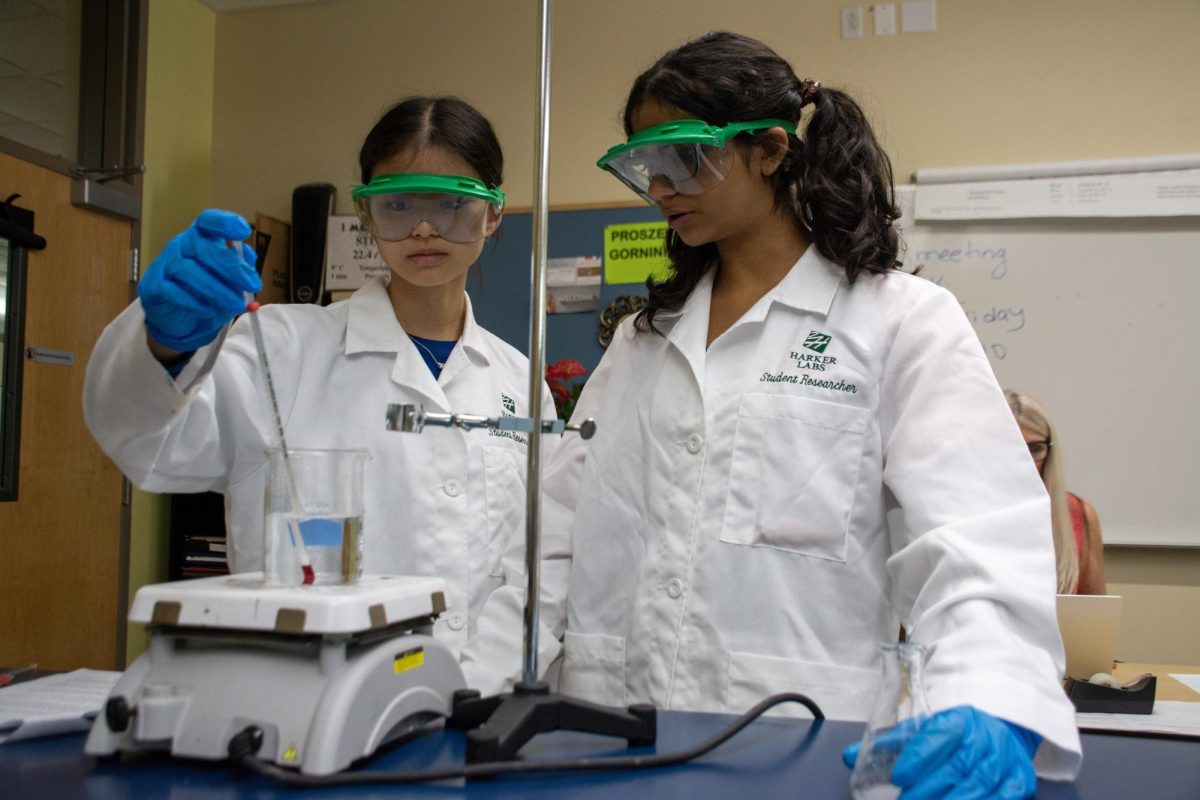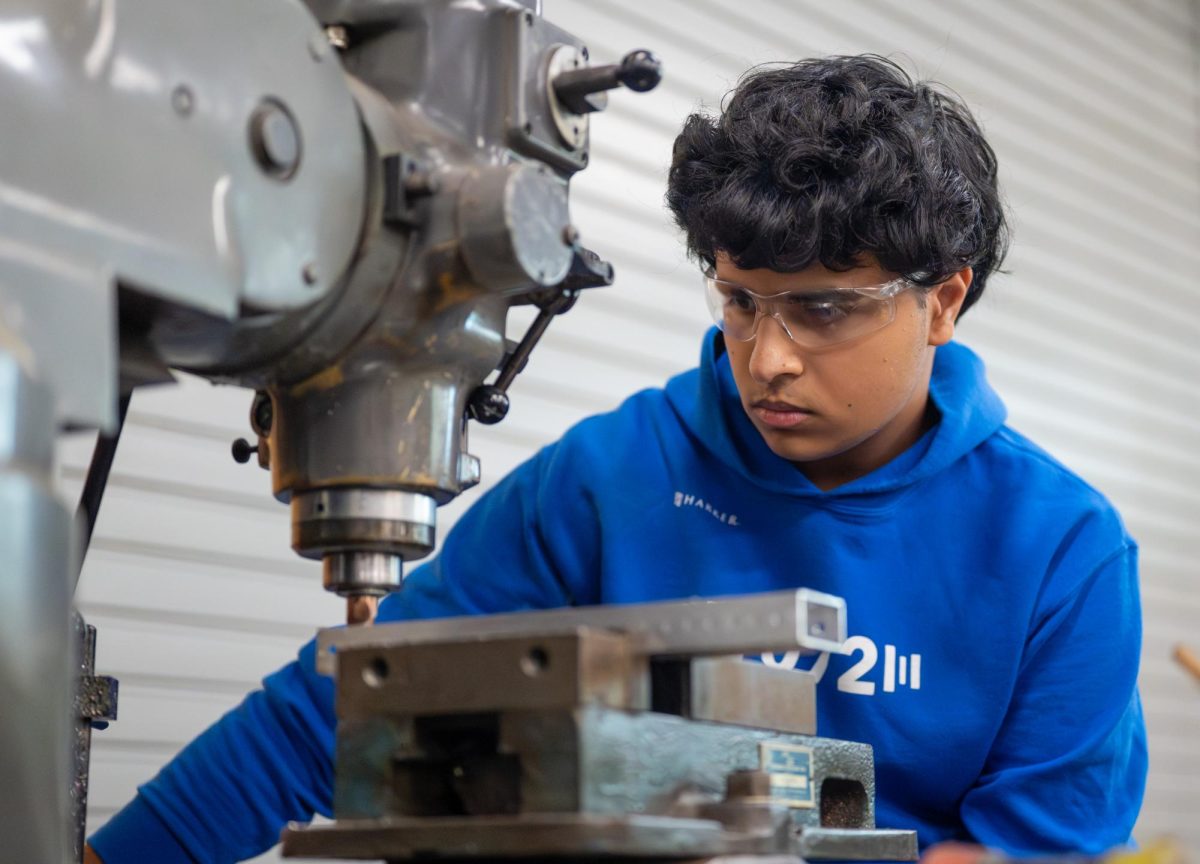COVID-19: A data dive
A data-driven dive into the effects COVID-19 has had locally, nationally, and globally.
September 17, 2020
259 days. That’s how long it’s been since the World Health Organization (WHO) determined that a novel coronavirus caused a pneumonia outbreak in Wuhan, China. And since then, the staggering numbers have continued to pile up. 29 million cases worldwide. Over 900,000 lives lost. In the United States alone, 6.6 million cases and 190,000 deaths.
For many, daily checks on coronavirus numbers turned into an anxiety-inducing bad habit early in quarantine. As hope for a definite end-date dwindled, so did the frantic checking, eventually petering out into a state of voluntary blissful ignorance. So, for everyone who hasn’t been keeping up, here’s Harker Aquila’s recap of how we’ve been doing — as a county, as a state and as a nation — complete with interactive data visualization.
California
California recorded its first case of coronavirus in late January, one of the first infections within the U.S. Soon, the disease spread to Santa Clara County, with local outbreaks beginning to develop throughout the state. As case counts began to climb in early March, Bay Area counties issued shelter-in-place orders to prevent community transmission, the first of their kind in the nation. Gov. Gavin Newsom soon followed suit, issuing a statewide order on Mar. 19.
Newsom announced a four-stage reopening plan, relying on six key indicators to reopen. Yet, as portions of the state began to reopen businesses and normal activities through May, a concerning surge of coronavirus cases in June caused Newsom to roll back his plans.
The state now operates on a four-tier system, with each county assigned a ranking depending on two factors: the adjusted average daily case count per 100,000 citizens, and the test positivity rate.
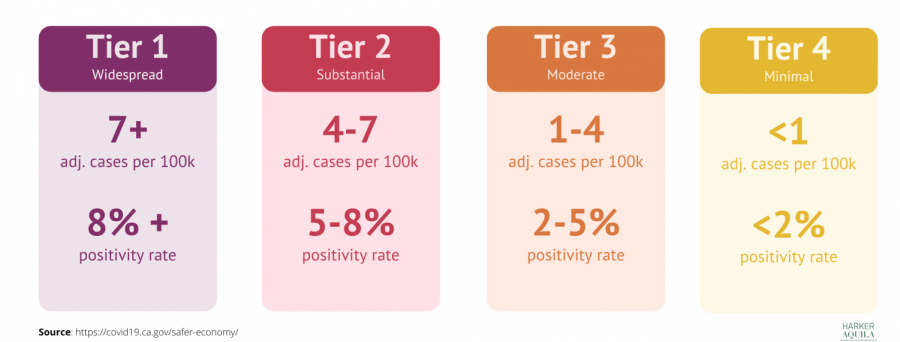
The tier rankings are updated weekly, and counties must meet the criteria for the next tier for two consecutive weeks before their status can be updated.
Infographic from covid19.ca.gov.
Santa Clara County
Santa Clara county changed to Tier 2 status on Sept. 8, with an adjusted case count hovering at 6.9 new cases per day per 100,000 residents, right under the 7-case threshold. Testing in Santa Clara, although starting off slow, has grown to average over 6,000 tests a day with a positivity rate of just 3.5%, low enough for Tier 3 classification.
If the county can maintain Tier 2 status for an additional week, schools — including Harker — will theoretically be allowed to reopen for in-person learning under strict guidelines, including daily symptom screening, mandatory face coverings, and stringent physical distancing. Harker plans to likely stay remote through first semester, although limited extracurricular activities may resume as early as Sept. 29.
Dr. Sara Cody, the public health officer for Santa Clara County, helped head the County’s relatively effective response, banning mass gatherings on Mar. 6 and imposing a shelter-in-place order on Mar. 16. She also holds press briefings every Monday, Wednesday, and Friday, streamed live on Facebook.
As with across the country, disparities have emerged in the racial composition of cases and deaths within Santa Clara County. Overall, the County has logged the race of the patient in over 85% of cases; out of these, a clear pattern has emerged, with Hispanic people testing positive at a rate 2.5 times higher than the rest of the population.
California in Context
Although the first cases of Covid-19 occurred in Washington state and California, the first major outbreaks came in the densely populated New York City, with case totals peaking in March and April. New York Governor Andrew Cuomo rose to national prominence for his daily coronavirus briefings, where he rallied New Yorkers and provided important national updates.
As New York quelled its surge of infections, case counts in states in the South and West began to climb towards the end of June, especially in California, Florida and Texas. The surge led to the U.S. setting its highest single-day new case record on July 15.
As a country, the United States has lagged far behind the world in it’s COVID-19 response, failing to test early and recording the highest number of both cases and deaths in the world. Over 900,000 people have died from illnesses related to COVID-19 worldwide, with over 20% of those deaths occurring in the United States.
Contributing to the ineffective U.S. response to the pandemic has been the lack of a unified national approach. State governors have largely set their own policy with limited guidance from the CDC, leading to inconsistencies in shelter-in-place orders, mask-wearing ordinances and testing. For the most part, densely populated cities and states have been hardest hit by the pandemic.
All graphs are static and updated till the date of publication, excluding the two live Santa Clara County graphs.

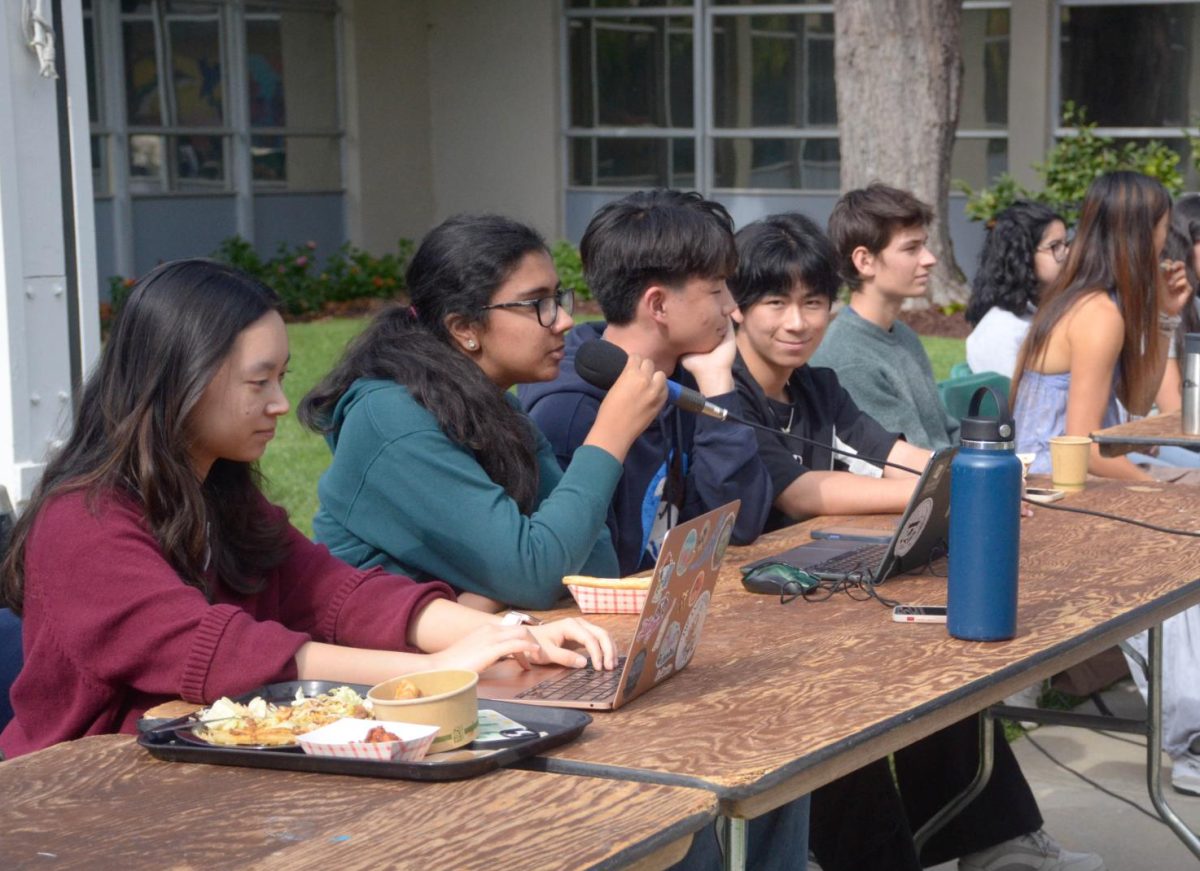

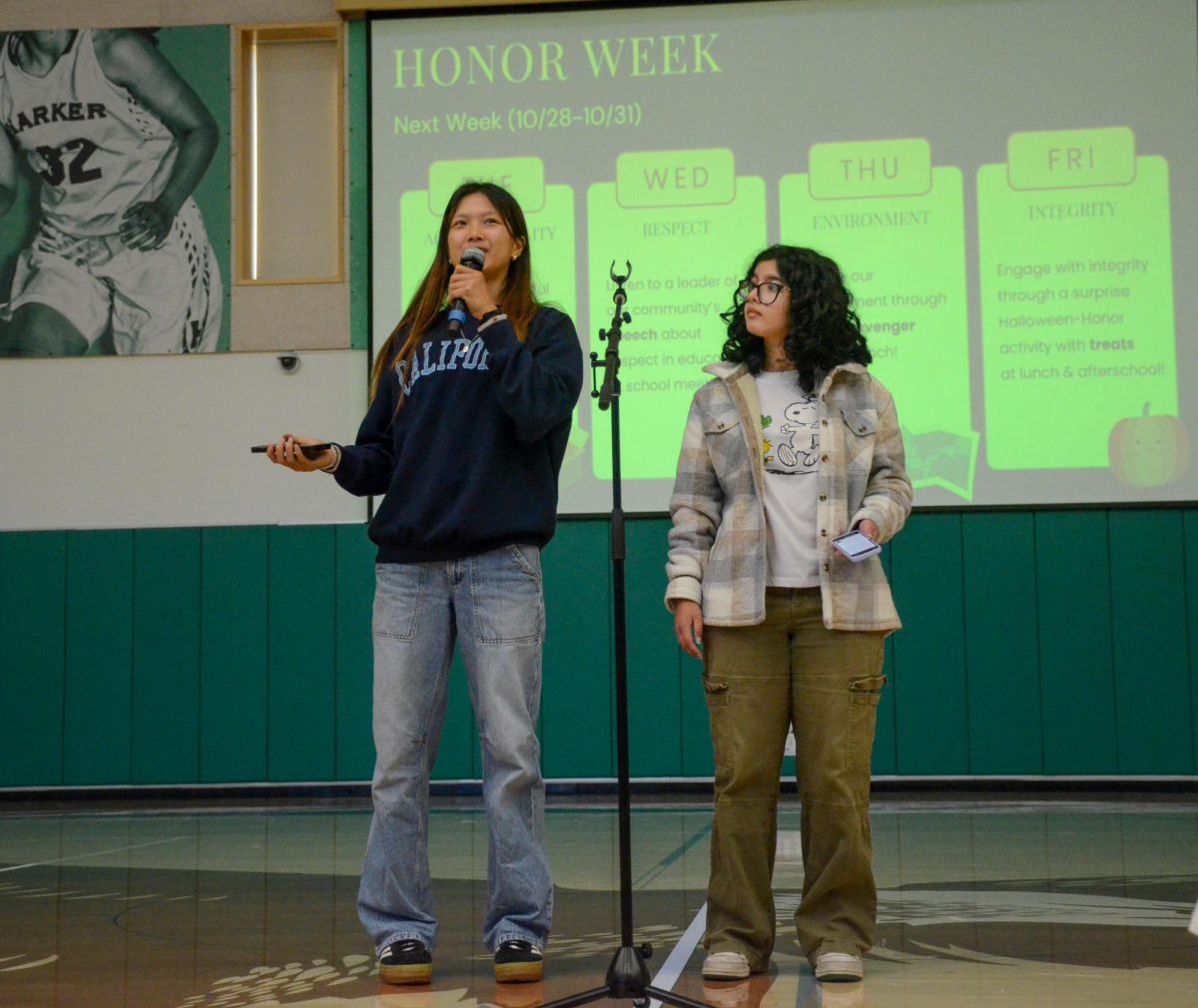
![LALC Vice President of External Affairs Raeanne Li (11) explains the International Phonetic Alphabet to attendees. "We decided to have more fun topics this year instead of just talking about the same things every year so our older members can also [enjoy],” Raeanne said.](https://harkeraquila.com/wp-content/uploads/2025/10/DSC_4627-1200x795.jpg)
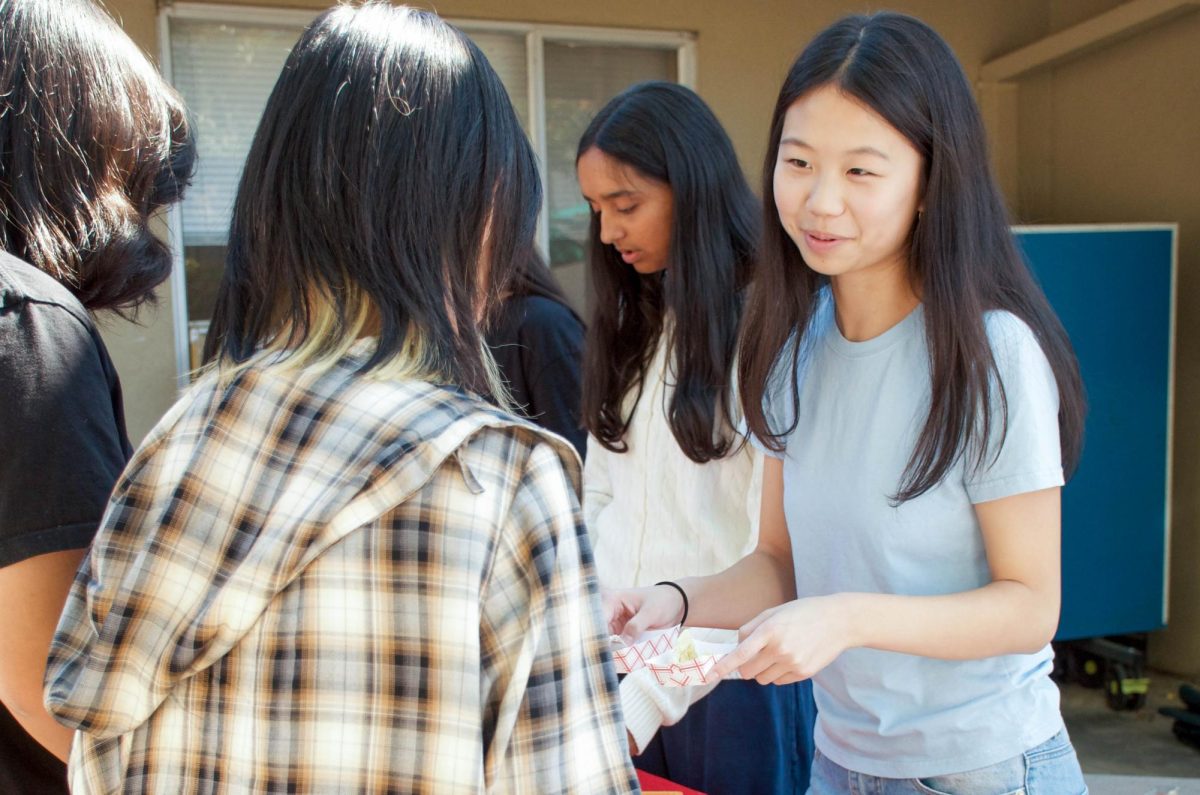

















![“[Building nerf blasters] became this outlet of creativity for me that hasn't been matched by anything else. The process [of] making a build complete to your desire is such a painstakingly difficult process, but I've had to learn from [the skills needed from] soldering to proper painting. There's so many different options for everything, if you think about it, it exists. The best part is [that] if it doesn't exist, you can build it yourself," Ishaan Parate said.](https://harkeraquila.com/wp-content/uploads/2022/08/DSC_8149-900x604.jpg)




![“When I came into high school, I was ready to be a follower. But DECA was a game changer for me. It helped me overcome my fear of public speaking, and it's played such a major role in who I've become today. To be able to successfully lead a chapter of 150 students, an officer team and be one of the upperclassmen I once really admired is something I'm [really] proud of,” Anvitha Tummala ('21) said.](https://harkeraquila.com/wp-content/uploads/2021/07/Screen-Shot-2021-07-25-at-9.50.05-AM-900x594.png)







![“I think getting up in the morning and having a sense of purpose [is exciting]. I think without a certain amount of drive, life is kind of obsolete and mundane, and I think having that every single day is what makes each day unique and kind of makes life exciting,” Neymika Jain (12) said.](https://harkeraquila.com/wp-content/uploads/2017/06/Screen-Shot-2017-06-03-at-4.54.16-PM.png)








![“My slogan is ‘slow feet, don’t eat, and I’m hungry.’ You need to run fast to get where you are–you aren't going to get those championships if you aren't fast,” Angel Cervantes (12) said. “I want to do well in school on my tests and in track and win championships for my team. I live by that, [and] I can do that anywhere: in the classroom or on the field.”](https://harkeraquila.com/wp-content/uploads/2018/06/DSC5146-900x601.jpg)
![“[Volleyball has] taught me how to fall correctly, and another thing it taught is that you don’t have to be the best at something to be good at it. If you just hit the ball in a smart way, then it still scores points and you’re good at it. You could be a background player and still make a much bigger impact on the team than you would think,” Anya Gert (’20) said.](https://harkeraquila.com/wp-content/uploads/2020/06/AnnaGert_JinTuan_HoHPhotoEdited-600x900.jpeg)

![“I'm not nearly there yet, but [my confidence has] definitely been getting better since I was pretty shy and timid coming into Harker my freshman year. I know that there's a lot of people that are really confident in what they do, and I really admire them. Everyone's so driven and that has really pushed me to kind of try to find my own place in high school and be more confident,” Alyssa Huang (’20) said.](https://harkeraquila.com/wp-content/uploads/2020/06/AlyssaHuang_EmilyChen_HoHPhoto-900x749.jpeg)








